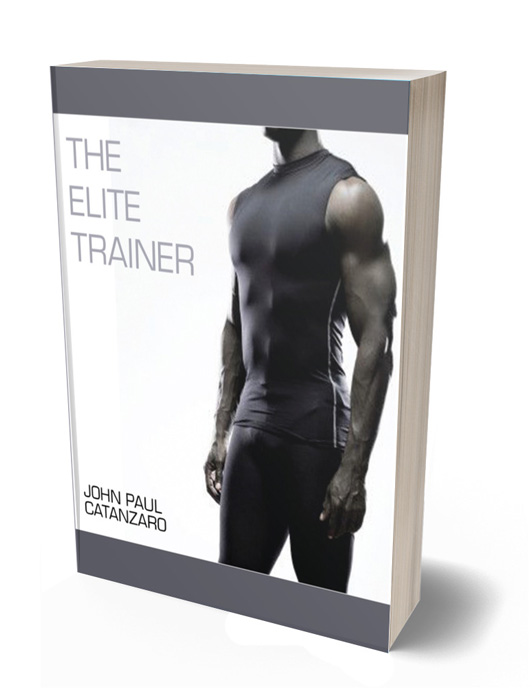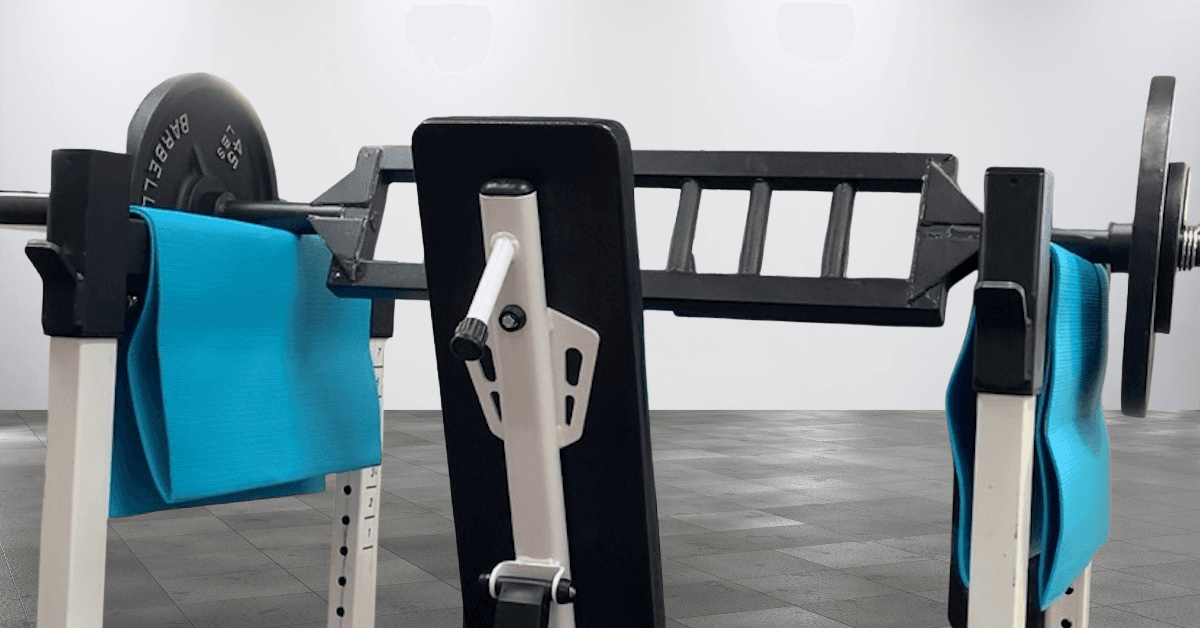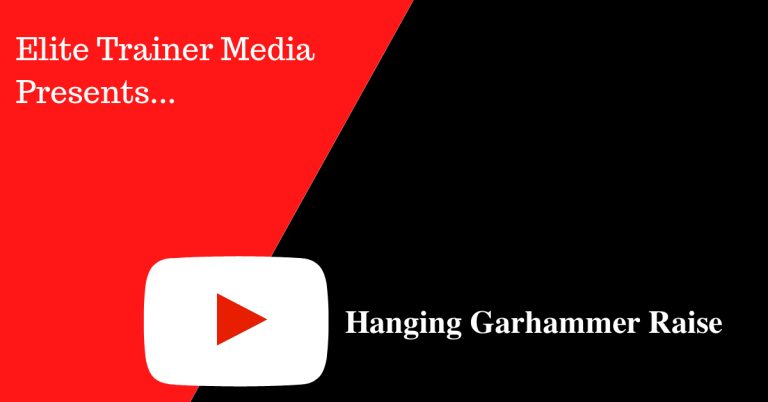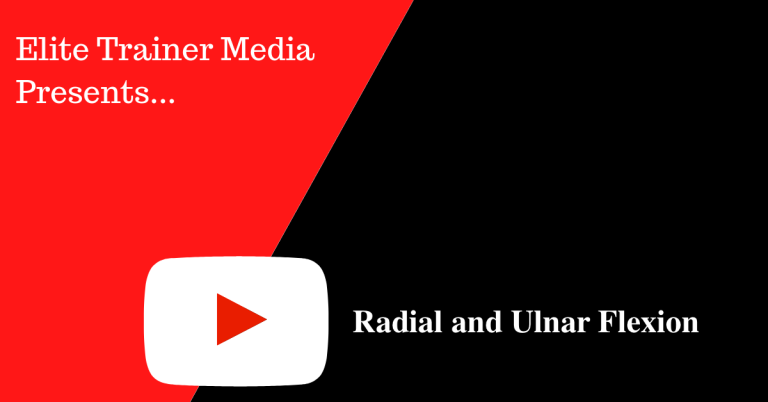Most gym rats are “pushers,” not “pullers”—and most do too much horizontal pushing and not enough vertical pushing.
If you’re able to press 100-pound dumbbells lying flat on your back, then you should be able to press 70-pound dumbbells overhead for the same number of reps. For every pushing pattern you perform, you should also include the corresponding pulling pattern. For example, a great antagonist for the standing one-arm dumbbell press is the half-kneeling one-arm cable pulldown.
On page 66 of The Elite Trainer, I discuss how pressing strength decreases an average of 2–7% every 15 degrees from a decline, lying position to an upright, seated position. In the example above, you also have to factor in a standing versus seated position along with the bilateral deficit—but the point remains: If there’s a huge discrepancy between your horizontal and vertical pressing strength, your body won’t look or function properly, and you’re setting yourself up for injury.
Likewise, if you prefer having rounded shoulders and a forward head, just keep pushing without pulling!

The Elite Trainer: Strength Training for the Serious Professional
The Elite Trainer is the go-to resource for strength coaches, personal trainers, and serious lifters who want to master program design. Covering everything from sets and reps to tempo, rest, and periodization, this book gives you the tools to create individualized programs that deliver results. Packed with proven methods, expert insights, and over 100 exercise illustrations, it’s a must-have reference for anyone serious about strength training.

The 70-Degree Incline Swiss Bar Press: A Safer Way to Build Strength
Using a neutral grip with a Swiss bar or log is a shoulder-friendly way to perform overhead presses. However, these

Hanging Garhammer Raise
Elevate your core workout with the Hanging Garhammer Raise. Great for targeting the lower abdominal region, this exercise heightens activation

Radial and Ulnar Flexion
Radial and ulnar flexion are two often-overlooked motor patterns that deserve a spot in your training. They may not be
follow
Error: No feed with the ID 2 found.
Please go to the Instagram Feed settings page to create a feed.
